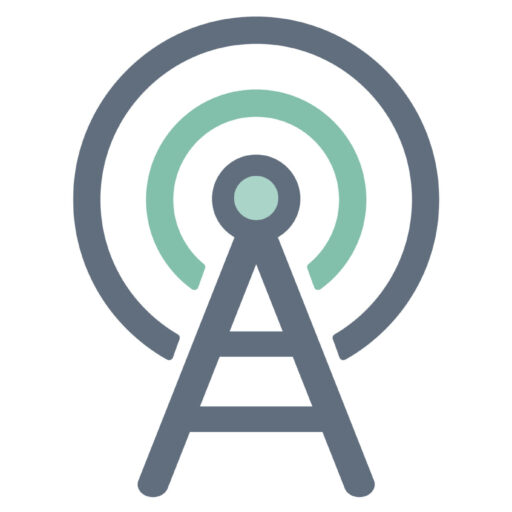Undresser AI is an innovative tool that utilizes advanced artificial intelligence to assist users in creating digital fashion models. This platform allows users to visualize clothing designs on virtual avatars, hence enhancing the design process for fashion professionals. Users can upload their creations or select from existing templates, making it easier to bring their concepts to life. The seamless interface and intelligent features help in tweaking designs, colors, and silhouettes. With cutting-edge technology, it has established itself as a popular choice for fashion designers and brands looking to streamline their creative processes. For more information on Undresser AI, visit Undresser AI.
Marvelous Designer
Marvelous Designer is a powerful 3D garment visualization tool that allows designers to create digital garments for 3D fashion. It enables the simulation of apparel movement, fabric texture, and physical characteristics in real-time, providing a detailed and realistic representation of clothing. Notably, Marvelous Designer is favored for its comprehensive array of features, such as pattern design, sewing simulation, and fabric manipulation, which enhance creative possibilities beyond simple modeling.
- Benefits: Highly detailed simulations, options for pattern creation, and an expansive library of fabrics.
- Disadvantages: Steeper learning curve and higher cost compared to some alternatives.
Pricing options typically include monthly or yearly subscriptions, with a free trial available for new users. For further exploration, visit Marvelous Designer.
Browzwear
Browzwear provides a 3D fashion design solution that enables designers to create, visualize, and modify their collections in a virtual environment. With a focus on accuracy and integrating design with production, Browzwear serves to bridge the gap between digital prototypes and physical samples. Users can take advantage of its real-time rendering capabilities and efficient workflow integration with existing design software, making it an attractive choice for fashion companies.
- Benefits: Focus on production alignment, robust collaboration features, and high-quality output.
- Disadvantages: Cost can be prohibitive for small designers.
For more information, check out Browzwear.
Cloth3D
Cloth3D is a versatile 3D clothing visualization software that caters to fashion designers and brands looking to create realistic garment simulations. It offers tools for designing patterns, simulating fabric behavior, and visualizing clothing on avatars, making it suitable for various apparel fields. Cloth3D stands out due to its intuitive interface and ease of use, appealing to both novice and experienced designers.
- Benefits: User-friendly interface, strong community support, and competitive pricing.
- Disadvantages: May lack some advanced features found in higher-end tools.
Learn more about Cloth3D at Cloth3D.
3DLOOK
3DLOOK specializes in digital fitting and body measurement technology for fashion and retail. This tool allows users to create customizable 3D avatars by taking photos, providing a personalized shopping experience. Through its advanced algorithms, 3DLOOK ensures accurate sizing recommendations based on body measurements, making it invaluable for online fashion retailers.
- Benefits: Personalization, improved customer satisfaction through accurate fit, and integration capabilities with e-commerce platforms.
- Disadvantages: Primarily focused on fitting rather than design; may not offer extensive design features.
For more details, visit 3DLOOK.
Laubwerk
Laubwerk offers a library of 3D plants and vegetation for architectural visualization, which can be especially useful in fashion design presentations that involve nature or outdoor elements. Their tools enable realistic rendering of natural environments and can enhance fashion portfolios by providing beautiful backdrops. Laubwerk serves as a design support platform rather than a traditional fashion tool.
- Benefits: High-quality 3D models of nature, enhancing presentations, and easy integration into existing design workflows.
- Disadvantages: Niche application for fashion, primarily focused on environmental design.
Find out more at Laubwerk.
Each alternative presents unique features that cater to various user needs and preferences in the fashion design process. Depending on specific project requirements, budget constraints, and desired functionalities, users may opt for one over the others. It’s essential to explore these tools to determine which best aligns with your creative vision and technical requirements.
